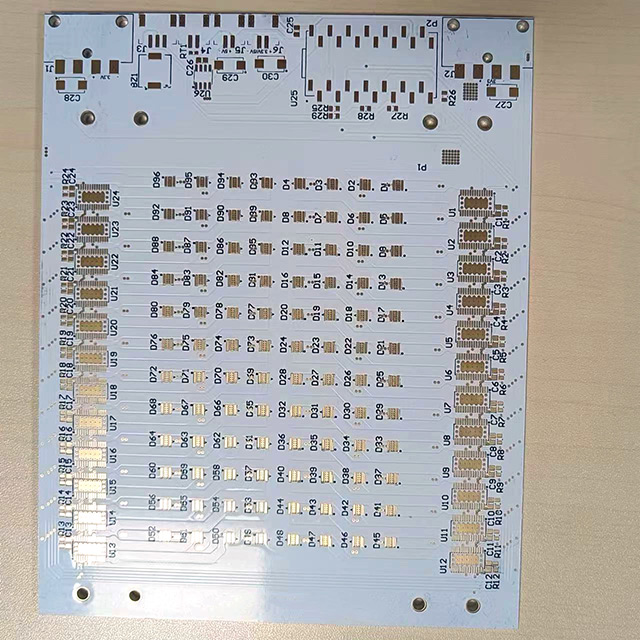B
BlueToBits
I thought I would share this with anyone interested.
About 3 months ago I recieved a phone call from our local trading standards.
They had been contacted by a householder who was having a central heating system installed. The plumber informed her that her water supply was not correctly earthed. She told him that she had been fully rewired only a few months earlier and, after showing the certificate to the plumber he advised her to take it to Trading Standards as he incorrectly assumed that because it was written on a photocopied form it was not a legitimate certificate.
Trading standards asked me to do a PIR on the installation. There was a few defects and although the test results I recorded were very different from those on the certification they were all OK. I noticed that the water main had recently been changed. The old stop-cock was still there with a new bonding cable correctly attached to a cut pipe. It had not been moved with the pipework to the new main, hardly the fault of the electrician who did the rewire, but a code 1 defect nevertheless. I submitted the PIR as requested and heard nothing again until yesterday.
Trading standards have requested that we carry out remedial repairs on behalf of the client and it now transpires that the electrician had not notified building control of the work he carried out under Part P.
Had the water main not been upgraded the plumber would not mentioned anything to the householder and this would likely have never come to light. Apart from a few other minor defects (unmarked switch wires etc.), the quality of the installation workmanship wasn't that bad.
Because the client has a legitimate complaint and the law has been broken, building control and trading standards are obliged to investigate. The customer is now faced with a £350 bill for building control on top of my bill for carrying out remedial works. I'm pretty sure the client will be seeking re-imbursement from the electrician who is now also facing possible prosecution.
All because someone else failed to re-connect the water earth bond.
About 3 months ago I recieved a phone call from our local trading standards.
They had been contacted by a householder who was having a central heating system installed. The plumber informed her that her water supply was not correctly earthed. She told him that she had been fully rewired only a few months earlier and, after showing the certificate to the plumber he advised her to take it to Trading Standards as he incorrectly assumed that because it was written on a photocopied form it was not a legitimate certificate.
Trading standards asked me to do a PIR on the installation. There was a few defects and although the test results I recorded were very different from those on the certification they were all OK. I noticed that the water main had recently been changed. The old stop-cock was still there with a new bonding cable correctly attached to a cut pipe. It had not been moved with the pipework to the new main, hardly the fault of the electrician who did the rewire, but a code 1 defect nevertheless. I submitted the PIR as requested and heard nothing again until yesterday.
Trading standards have requested that we carry out remedial repairs on behalf of the client and it now transpires that the electrician had not notified building control of the work he carried out under Part P.
Had the water main not been upgraded the plumber would not mentioned anything to the householder and this would likely have never come to light. Apart from a few other minor defects (unmarked switch wires etc.), the quality of the installation workmanship wasn't that bad.
Because the client has a legitimate complaint and the law has been broken, building control and trading standards are obliged to investigate. The customer is now faced with a £350 bill for building control on top of my bill for carrying out remedial works. I'm pretty sure the client will be seeking re-imbursement from the electrician who is now also facing possible prosecution.
All because someone else failed to re-connect the water earth bond.










